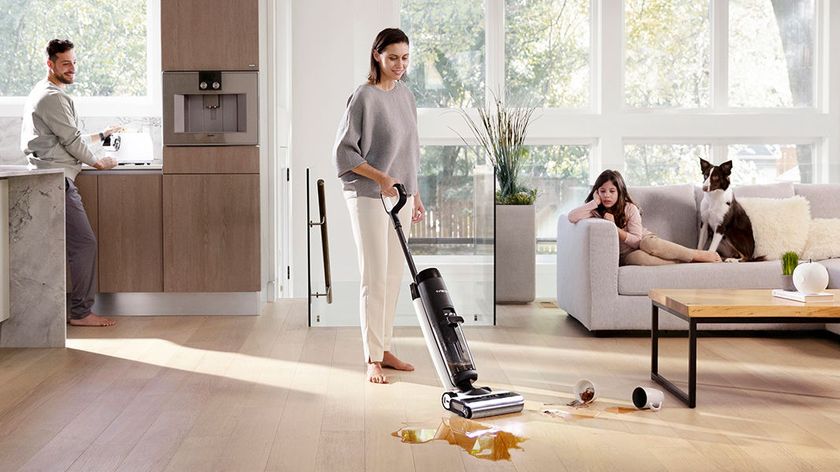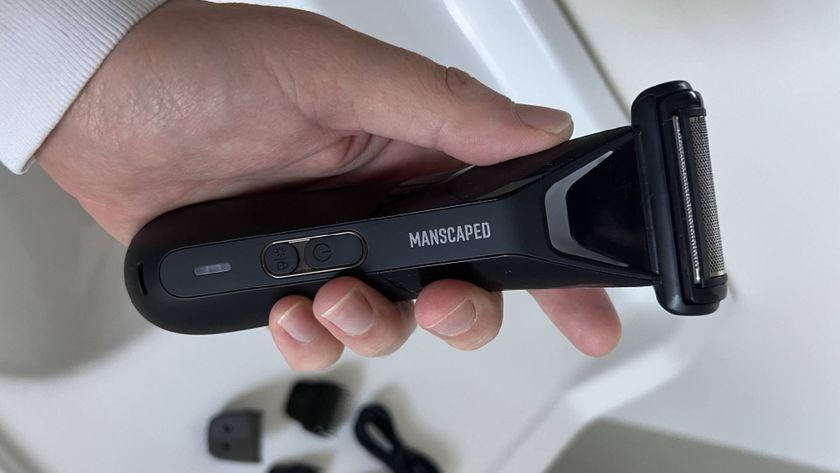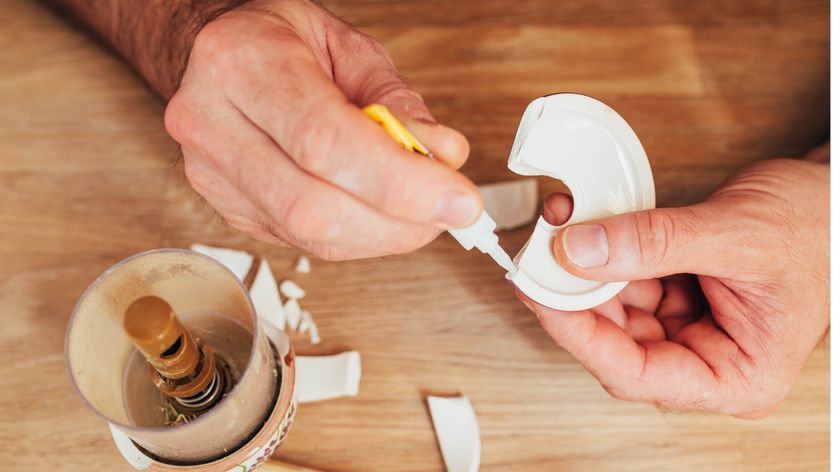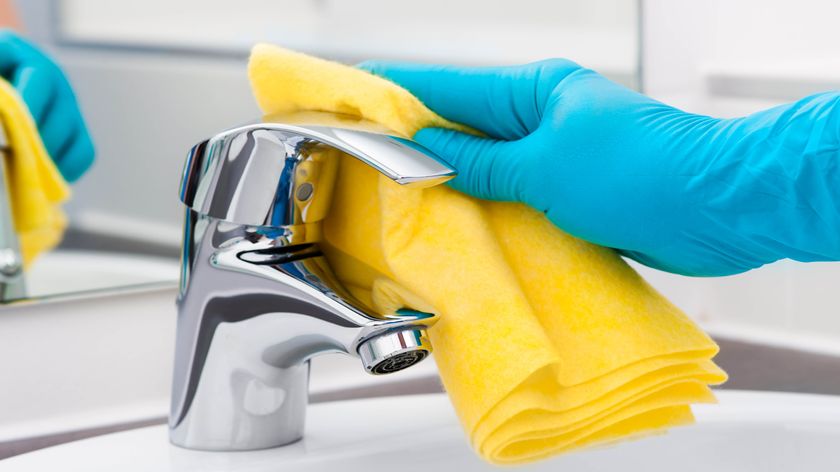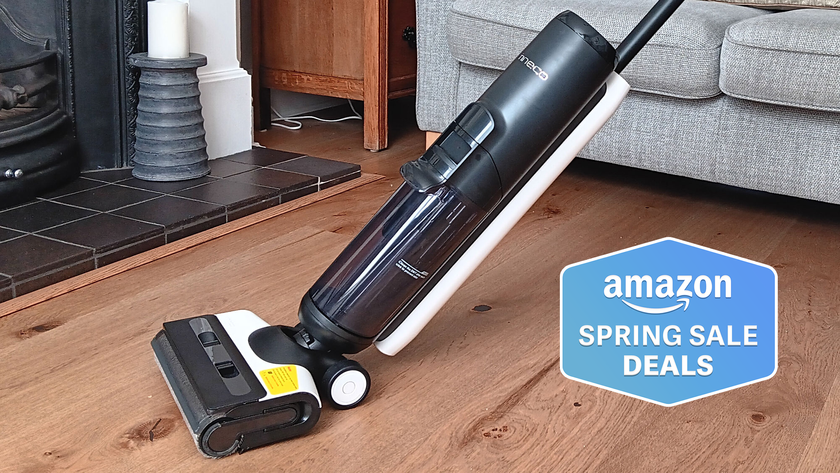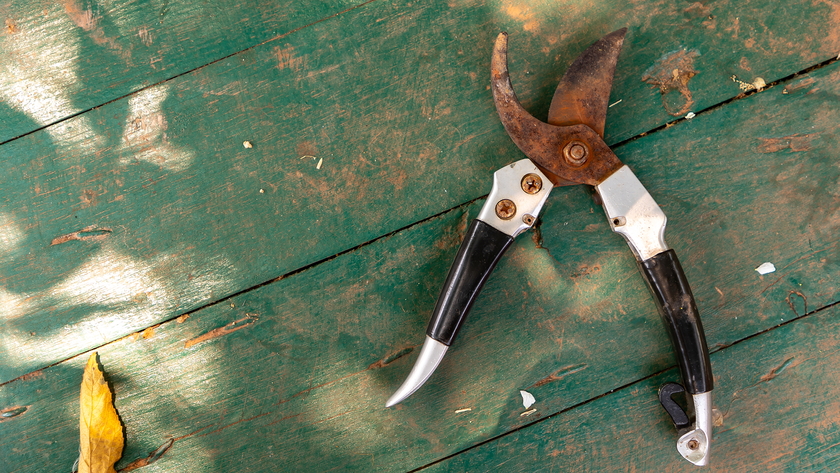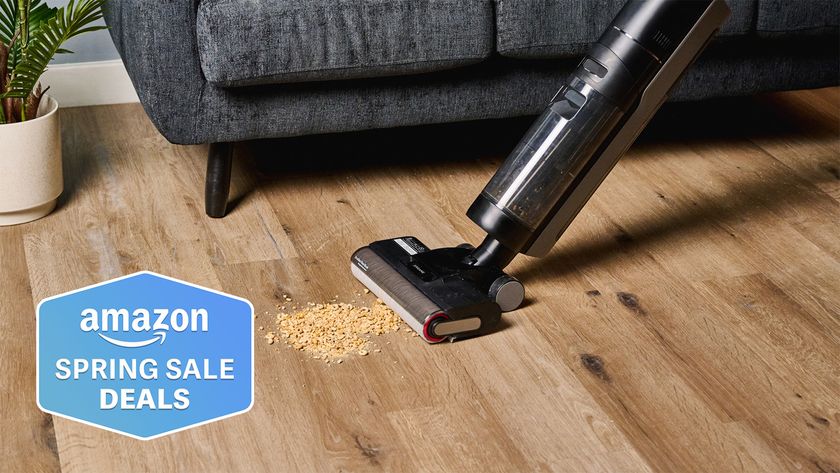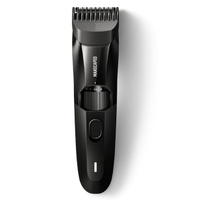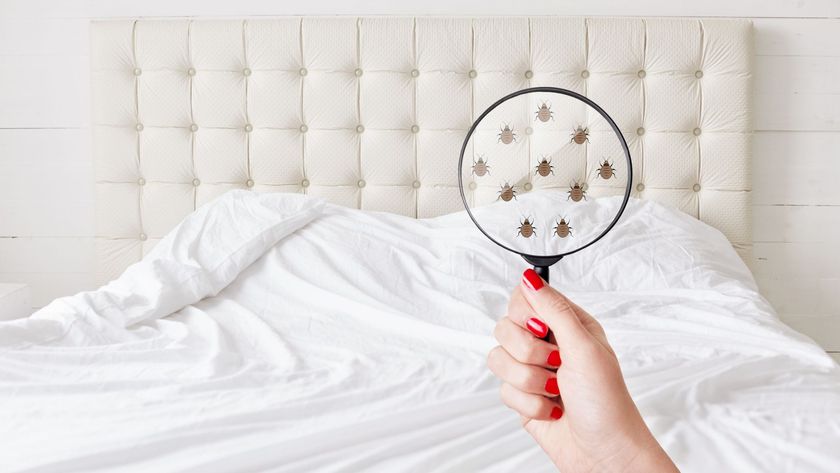5 shaving mistakes you might be making — and how to fix them
Better shaves, fewer problems
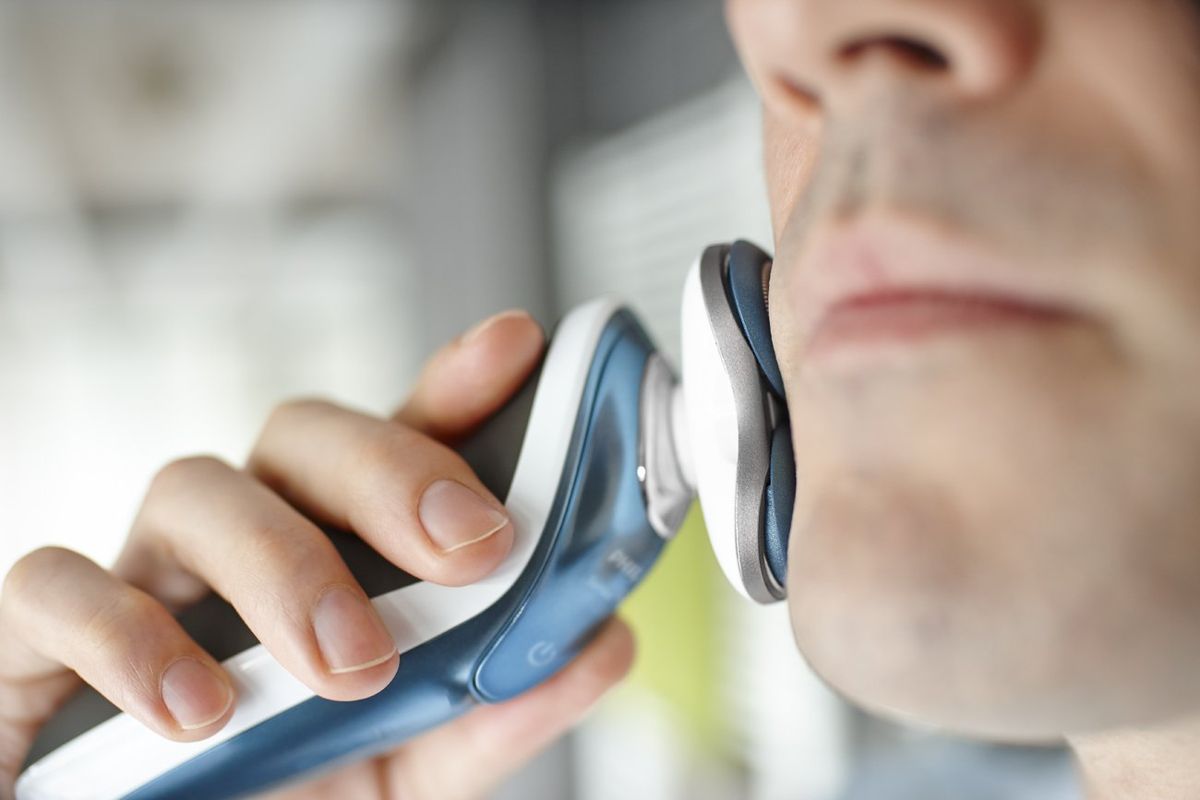
Shaving is not always a smooth process. Even using some of the best razors out there can cause common issues like skin irritation, nicks, and uneven results — turning your routine into a frustrating experience. These problems often stem from simple mistakes in technique or preparation. By identifying and correcting these errors, you can significantly improve your shaving routine.
Interestingly, while some struggle with their technique, others have found unconventional uses for shaving products — like cleaning mattresses with shaving foam. But let's focus on the task at hand. We'll explore five frequent shaving mistakes and provide practical solutions for each. Whether you're new to shaving or have been doing it for years, these tips can help you achieve a more comfortable and effective shave.
Understanding the right approach to preparation, tool maintenance, and technique can make a noticeable difference in your results and overall skin health. Ready to elevate your grooming game? Let's dive into the world of better shaving.
1. Skipping preparation

Many men rush into shaving without properly preparing their skin and hair. This often leads to irritation and a less effective shave. To fix this, always start by washing your face with warm water and a gentle cleanser.
Using a cleanser or softens the hair and opens up your pores, making for an easier and more comfortable shave. If you have time, consider shaving after a warm shower for even better results. Apply a quality shaving cream or gel to further protect your skin and soften the hair.
If using an electric shaver, ensure your face is completely dry, as most electric shavers work best on dry skin.
2. Using dull blades

Continuing to use a razor long past its prime is a common mistake that can lead to irritation, cuts, and an uneven shave. To address this, replace your razor blades regularly. As a general rule, switch them out every 5-7 shaves, or sooner if you notice any tugging or discomfort. With electric shavers, replace the blades or foil according to the manufacturer's recommendations (usually every 12-18 months), and clean regularly.
A sharp blade will glide more smoothly over your skin, reducing the risk of nicks and providing a closer shave. If you're using replaceable razor heads, make sure to rinse the blades thoroughly after each use and store the razor in a dry place to prolong its life.
3. Shaving against the grain
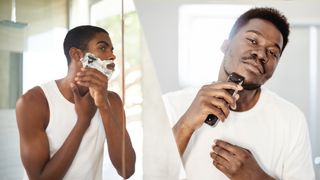
While it might seem like the best way to get a close shave, going against the direction of hair growth can cause irritation and ingrown hairs. To avoid this, start by shaving with the grain, which means in the direction your hair grows. If you need a closer shave, reapply shaving cream and go across the grain, but avoid going directly against it.
Pay attention to how your hair grows in different areas of your face, as it may change direction, particularly around the neck. To check your hair growth pattern, let your facial hair grow for a day or two, then gently run your fingers over your face. The direction that feels smoother is with the grain, while the rougher feel indicates against the grain.
4. Applying too much pressure
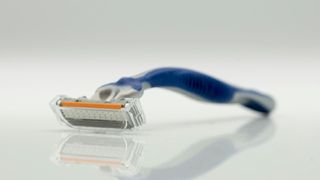
Pressing hard with your razor doesn't lead to a closer shave — it only increases the risk of cuts and irritation. To correct this, let the razor do the work. Use gentle, short strokes and let the weight of the razor provide the necessary pressure. For electric shavers, move slowly in circular motions without pressing hard.
If you find yourself pressing hard, it might be a sign that your blade is dull and needs replacing. Remember, a light touch is often more effective and much kinder to your skin.
5. Neglecting aftercare

Your shaving routine isn't complete once you've rinsed off the cream. Skipping aftercare can leave your skin vulnerable to irritation and dryness. To properly finish off your wet shave, rinse your face with cool water to close your pores. After both wet and dry shaving, apply an alcohol-free aftershave, moisturizer or serum to soothe and protect your skin.
Look for products containing ingredients like aloe vera or chamomile, which can help reduce irritation. Proper aftercare not only feels good but also helps maintain healthy skin over time.
Manscaped, The Beard Hedger: $139 @ Manscaped
When you've got something patchy and uneven, you don't look like the mountain man you envision in your head. Whether you're keeping it close or growing it out, a good trim will make a huge difference in the way you present yourself.
The tool for that trim is The Beard Hedger from Manscaped. The zoom wheel is intuitive, so you don't have to keep up steel blade can trim you down to the stubble or make sure your Rutherford B. Hayes is perfectly shaped. The package even comes with four ointments for facial hair (shampoo, conditioner, oil, and balm) to help you look like the sharpest lumberjack in the forest.
Mastering these shaving techniques will significantly improve your grooming routine. For optimal oral care, check out the best electric toothbrush 2024. Keep your bathroom organized by avoiding 7 things you should never store in your bathroom. And to make the most of common household items, explore 9 things you can clean with shaving foam.
Sign up to get the BEST of Tom's Guide direct to your inbox.
Get instant access to breaking news, the hottest reviews, great deals and helpful tips.

Kaycee is an Editor at Tom’s Guide and has been writing for as long as she can remember. Her journey into the tech world began as Cazoo's Knowledge Content Specialist, igniting her enthusiasm for technology. When she’s not exploring the latest gadgets and innovations, Kaycee can be found immersed in her favorite video games, or penning her second poetry collection.
